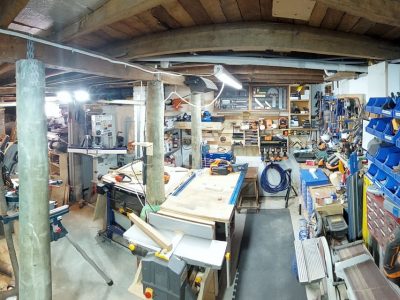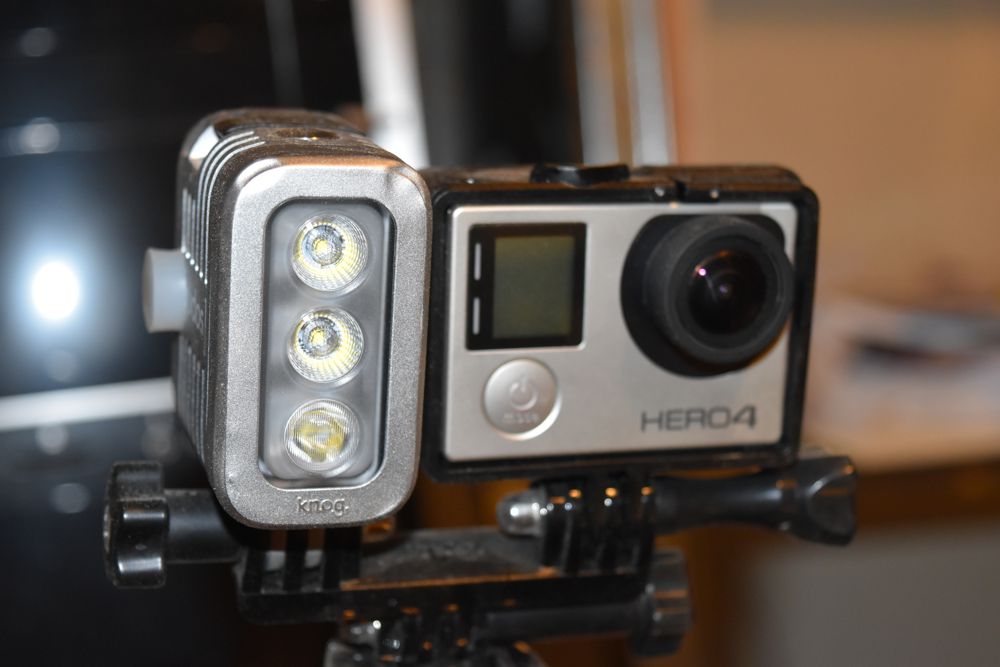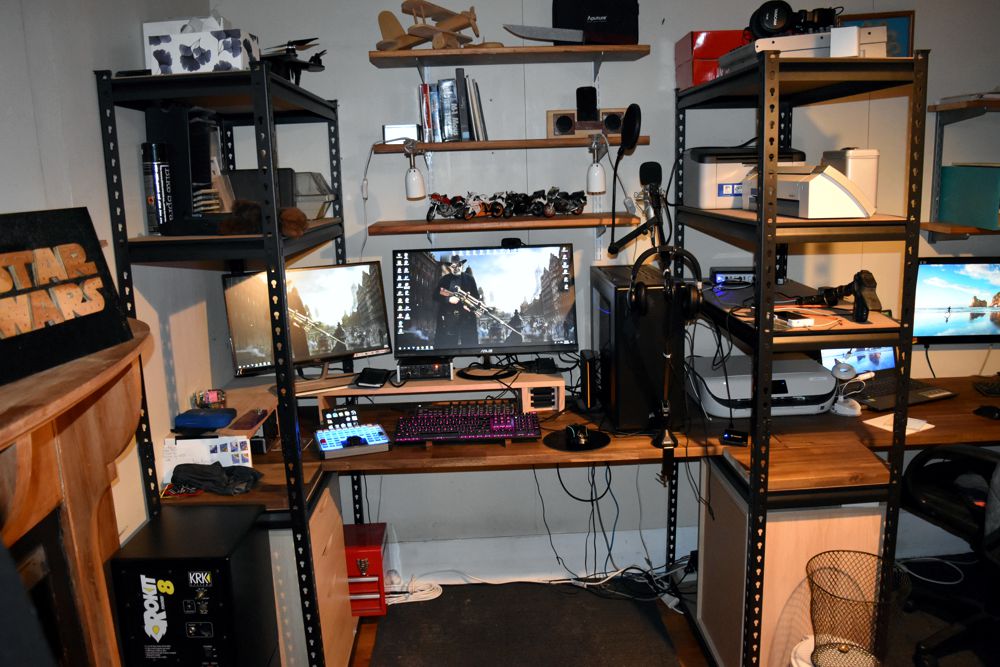The age old question, whether you place your grooves up or face down on a decking timber? In todays world it is now really a matter of your own personal preference. There is now no right or wrong answer and if you ask 50 builders and you will get 50 different answers.
In the days before pressure tantalised treated wood, originally the grooves were cut into decking timber to provide a larger surface area so that the timber would dry out more quickly. However it does not state faced up or down as it still happens weather faced up or down because you have a larger surface either way, and faced up even larger surface area which does dry noticeable faster than a smooth deck.
Some people place grooves down and the theory is “suppose” to help with airflow under the decking between the joist and decking. This was the possibly original theory, But sorry I don’t really believe that as the grooves are not deep enough to have any significant affect on releasing trapped water from the joints especially with Pine decking. Maybe and I say maybe… with hardwood decking, maybe… To be honest once you screw the decking down to the joist the groves don’t leave much of a gap and are pretty sealed. The soft pine joist basically molds itself. I could possible understand the difference if it was all hard wood and untreated with rot and I say possibly understand. But in today’s world of treated timber the problem of rot is not a problem.
The argument continues if there is such a major problem with air flow between the deck and joist then why aren’t the joists grooved as well as they connect to the main bearer to allow the same airflow to dry the wood between the bearer and joist? Also, why can you get decking that have no grooves or reeds at all? This would also mean that you have a flat side on the joist? So it does not hold up and sounds like some one is just trying to justifying themselves the way they did their deck.
If there is any water that can get in, having the grooves is just allowing more water in, and they are not going to speed up the drying it is more likely the water will get trapped there as the grooves are blocked defeating the so called purpose. These grooves over time will block with grim and crud and more likely hold and trap the moisture longer.
Finally, the decking timber we use here in New Zealand is known as “Grip tread” because with the grooves faced up, they do provide added grip for your foot and prevent slipping even on dry days. The New Zealand Building Code requires that decking on the main access route to a building must have a slip resistance of 0.40. Grip tread timber decking will conform to this requirement.
Be aware that many manufacturers grade the best face of the decking on one side (normally the ribbed face) so you will need to check what face has been graded in advance. You may not be able to reverse the decking without exposing some defects on the back face. “Grip tread” decking is intended to be laid with the grip tread face visible and the timber is graded on the grip tread face.
Some people don’t like this because the grooves can collect sand and grim over time and this is why you can get decking timber with no grooves or grip tread or that are smooth both sides… and therefore defeating the purpose of the groove side down theory.
There are stories of both theories been made up when someone pointed it out it the decking was the wrong way or upside down. One of the stories “the groove down theory” was made up by a home DIY TV show many years back and they then came up with the theory of air flow. Some say it is a regional thing where one area they put the decking one way for added grip but and in the other they do it the opposite because of the look and now we have the great debate over it.
When a builder of 50 years has never heard of the groove side down theory one must wonder where that theory actually came from. When I asked about the smooth face at the top… again he points to the all smooth decking with no grooves either side again defeating the purpose of having the grooves side down and it is slightly cheaper I might add. You can get “Grip tread” decking that has some channels usually 2 or 3 per length on one side and this is to help releave any cupping that happens in the plank as well as the full grip tread on the opposite. But these are usually on wider decking planks.
As long as you are using treated wood it does all come down to personal choice… However in New Zealand there are certain laws that you need to abide by.
Regards
Nighthawk



